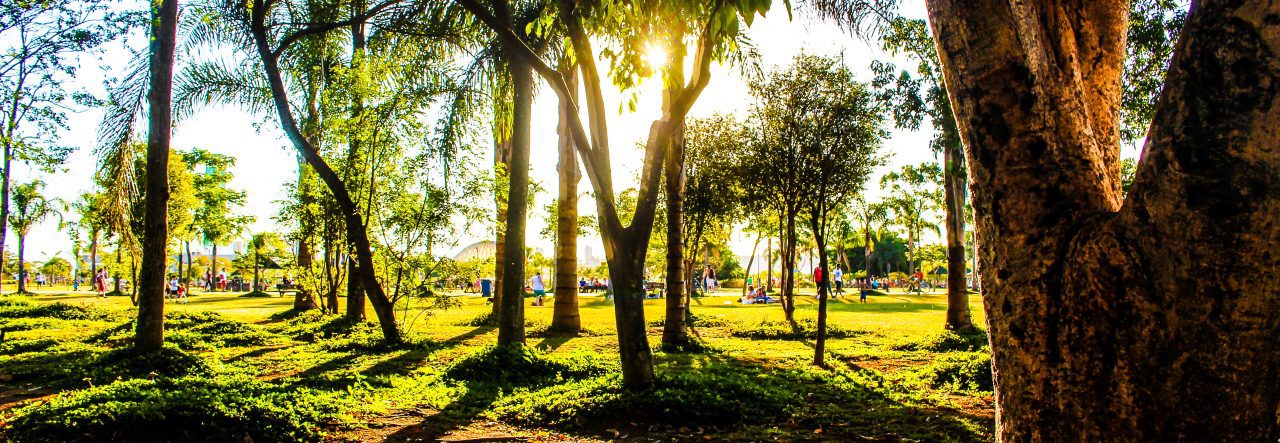A working model to mitigate drought, flooding, global warming, and rising sea levels, grow enough food to feed everyone, enough biofuel to replace fossil fuels, and allow farmers to make a good living.
As I was traveling in India my eyes were opened to a way of agriculture that I had not known in the U.S.:
- Dryland farming with no-till, no fertilizer and no irrigation added, no pesticides, and no herbicides produced better than farming with chemicals and irrigation.
- The carbon holding capacity of the soil on large acreages could be drastically increased with microbe inoculation and cover crops in no-till situations.
- This increases the water holding capacity exponentially to allow the soil to hold water for many months to grow plants effectively without irrigation.
- The microbes allow the minerals in the soil to become available and thus lead to fertility and increased production with no added fertilizer.
- I saw the results of the Green Revolution where thousands of acres of forests and diverse orchards were replaced by monoculture. The farmers had borrowed money for equipment, irrigation, fertilizer, and seeds. For several years their yields would go up but then would drop down to below where they had been before all of their investments. This led to many farmers losing their farms and hundreds of thousands of farmer suicides. There were still traditional systems in place with which I could compare these mono-cropping systems.
- Chemicals require 4 to 5 times the amount of water used for non-fertilized plants. In a place like India where there are wall-to-wall farms, this meant the groundwater was seriously depleted. This is happening in the U.S. as well.
All of these things I could have learned in the U.S. Gabe Brown is farming in North Dakota with 10 -15 inches of rain a year with no irrigation and no fertilizer. He has a mob-grazing practice, with a lot of animals involved. The system we are demonstrating is a diverse food forest system with nut, fruit and timber trees, medicinal herbs, berry bushes, as well as annual and perennial vegetables, legumes, and grains.
I have been practicing permaculture for 25 years. I led an organization called ‘Victory Gardens For All’ which helped folks in the Eugene, Oregon area put in 650 gardens. One of the focal points was putting on microbial inoculations. Most folks got great gardens the first year with very little water.
I did not understand before going to India how these techniques could be used to work on depleted soils while getting good yields on broadacre applications. Or, I could say that I was in a fog due to having plenty of food to eat and did not understand the real problem until I went to India where my fog was lifted.
I see now that such people as Geoff Lawton, a well-known permaculturist who, with Nadia Lawton, heads The Permaculture Research Institute, recommends what he calls ‘compost tea’ (a form of microbial tea), be applied to broad acre where compost is not feasible. Many permaculture practices such as hugelkultur, dry mulching, and sometimes composting are a tremendous amount of work for the practitioner. Many people want their sand, clay, or other problematic soils to be friable soil before they put in their crops. I have put these microbes on all kinds of soil and planted at the same time. The soils change within one month to friable soils. By inoculating the plants with microbes when planting at the 2 week point, excellent yields are obtainable the first year. Broadacre permaculture without using microbe inoculation is too expensive to be doable by most practitioners. Even in your back yard, many people cannot do this much work. Increasing the carbon in the soil with microbe inoculations on broadacre applications is a matter of survival. I also see in videos that soil scientist Elaine Ingham, who is applying her science to help farmers, describes scientifically why these microbial inoculation practices work.
There is a link on the right-hand side to an interview with Narsanna Koppula, with Aranya Agricultural Alternatives, who has a 17-year-old dryland food forest that has never been watered or fertilized except with rain and mulch, as is similar in a natural forest. (This interview is duplicated on this site here.)
The cropping patterns we have posted is a major contribution from traditional Indian agriculture.
